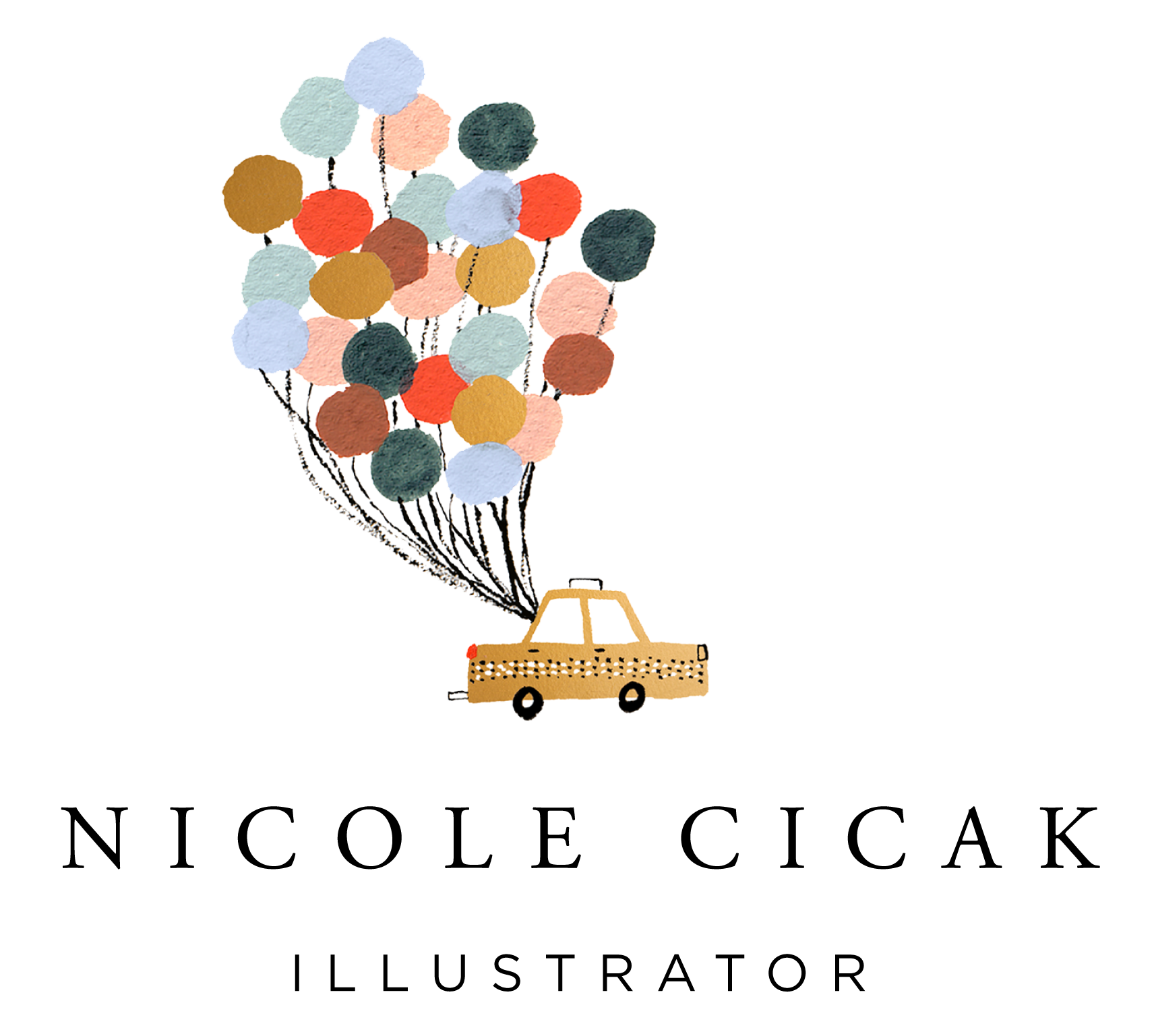How to Graduate from Simple to More Complex Art Pieces
Making large, complex art pieces still overwhelms me sometimes. When I was a beginner artist, I would paint all my work with blank backgrounds. Eventually, I started adding plain, solid color behind my work. In the years since, I’ve graduated to more complex pieces with detailed backgrounds. Graduating to more complex pieces hasn’t been an easy journey, but I’ve learned some tips along the way. I’d like to share those tips with you today in case you’re feeling overwhelmed by making more complex art.
Remember, Every Large Painting is Comprised of Many Smaller Paintings
I’m constantly telling myself this because it’s so true. Are you intimidated to fill a park with people? Well, just add one person. And then another and then another. Try to just enjoy the process and not think about how many elements you need to add. This is the perfect time to get lost in your work.
When in Doubt, Squint
When referencing a scene or photograph, squinting is one of my favorite tricks. When you squint, you see the scene as a blur, which helps condense the important details you need to include. It removes a lot of the distractions that can make us feel intimidated.
Simplify Your Backgrounds
I like to think of all paintings as having a foreground and a background. The background doesn’t have to be complicated. For instance, when painting a meadow, the sky can be blue and the ground can be green with little details peppered in between. Complicated isn’t always better.
Light Box It
Under most of my paintings, I do a very light, messy sketch. It’s loose and I’m always changing the composition as I go. For more complex paintings, however, the light box method comes in handy. I recommend creating a very polished sketch of the work you want to create and then using a light box. Then, you can see your sketch layer under your paint the entire time you work. Usually having a detailed sketch before you begin takes pressure off as well.
Color Block First
For me, the toughest part of creating a larger piece is getting those initial brushstrokes down. After that, the detailing is usually fun and easy, like adding sprinkles to a cake. For that base layer, just block in large areas of color. I guarantee you’ll feel a whole lot better after you do.
An example of my color blocked base layer.
Keep Details Loose
When adding details over my color blocking, I like to give the viewer just enough information so they can tell what something is, but not too much. Nothing needs to be photorealistic, especially when painting objects in the distance. Try to provide just enough information, but not too much. When filling in the windows of a cityscape, usually simple dots do the trick. The fun in being the artist is that the viewer gets to see something through our eyes. We can choose what people focus on in our work.















Thanks for stopping by! I’m an illustrator & writer. I’ve been running my own creative business since 2015. My mission is to help artists find their unique creative voice, build positive habits, and do what they love for a living.